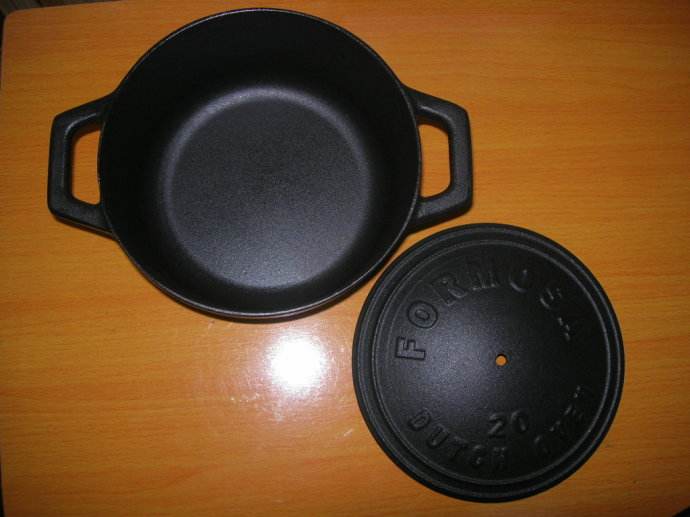Viscosity performance of enamel frit
Enamel and glaze are similar to glass. There is no fixed melting point. The solid porcelain layer gradually softens and transforms into a melt under constant heating. Therefore, its viscosity changes continuously without sudden changes in value. This is different from crystals. When the crystal is heated to the melting temperature, the viscosity changes suddenly.
When the product is in the whole firing process, in the first stage, the viscosity of the solid porcelain layer decreases with the increase of temperature. In the later stage of firing, the product gradually cools, and the viscosity increases with the decrease of temperature. When the viscosity reaches 1012 Pa·s, the glaze layer in the molten state will all become a solid glaze layer.

The viscosity of enamel mainly depends on its composition. The influence of the composition of enamel on viscosity is complicated. The composition and content of oxides are different. In different temperature ranges, their influence on the viscosity of enamel is different when it exceeds 8%. Generally speaking, first-order metal oxides, B2O3 and fluoride can reduce the viscosity of enamel; SiO2, Al2O3, CaO, MgO, etc. can increase the viscosity of enamel. When the content of TiO2 in the formula does not exceed 8%, the viscosity of the melt will decrease, and when the content exceeds 8%, the viscosity will increase.
The grinding additives introduced during grinding, such as quartz, feldspar, titanium oxide, tin oxide, clay, etc., cannot be completely dissolved in the enamel under a short firing time and lower temperature, and the viscosity will increase. The glaze with high viscosity is not conducive to the escape of gas in the porcelain layer when firing, increasing the pores and bubbles in the interior and surface of the porcelain layer, and it is also not conducive to the flow of the melt at high temperature, which easily leads to the fineness and fineness of the porcelain surface. Decrease in gloss.
Related Keywords:
enamel frit
enamel frit manufacturers
enamel frits & glazes
enamel frit for glass and ceramic decorating
enamel frit glass
enamel frit suppliers
enamel frit manufacturer in china
porcelain enamel frit
porcelain enamel frit supplier
ceramic enamel frit